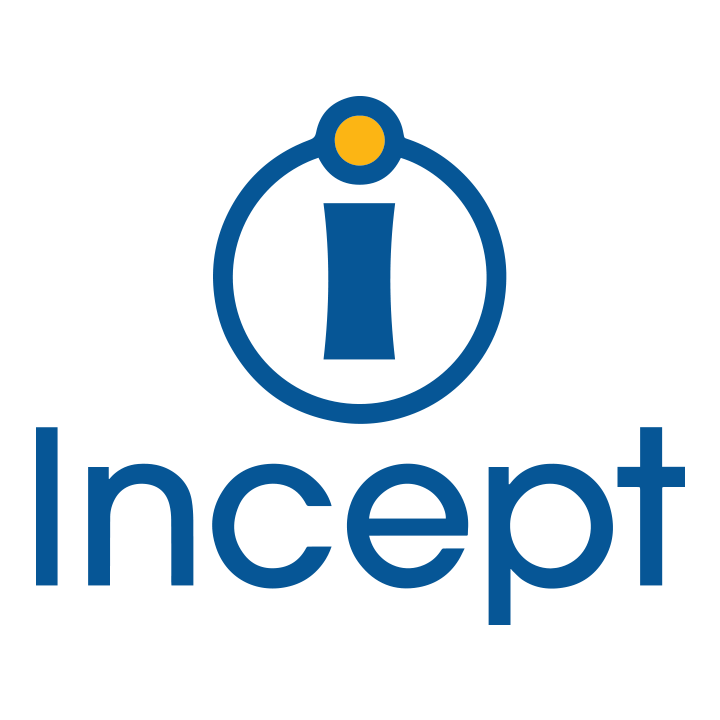Customer Experience (CX) | 10 MIN Read
How To Adjust Your CX Contingency Plan In The Midst of a Pandemic
A Q&A on Contingency Planning with Incept President Darren Hudach
With the headlines full of pandemic news, it’s no surprise that companies are revisiting—or perhaps rebuilding—their contingency plans on a weekly, or even daily, basis. While some have experienced business declines or temporary closures, others are undergoing tremendous surges. For those in the enviable position of exponential growth, the ideal customer journey mapped in a conference room months ago may be lagging against new customer experience (CX) demands of today’s environment.
Leaders may cringe as they refresh their dashboards and see CX KPIs begin to trend in the wrong direction. Customers and prospects receive pop-up messages on their website asking for patience with long wait times for phone and chat. Twitter is full of stories and reshares from people craving conversation with a live person. For some companies, this surge of success can begin to feel a little like pandemonium amidst the pandemic. Incept’s President, Darren Hudach, addresses questions about contingency planning both now and in the future.
As a company that not only services its own clients, but its clients’ Customers, what did your contingency plan include?
Our very best efforts at worst-case scenario planning probably couldn’t have brought us to our present reality, however we were prepared with a plan, which included:
Defined communication protocols
Defined contingency coordinator
Redundant servers
Cloud based computing options
Alternate site options
Staff ramp up plans both via partners and organically
And more
In the early weeks of the current coronavirus crisis, our leadership team acted quickly and moved our team from 10% work at home to 100% in 15 days. We couldn’t risk the health and well-being of our team or the continuity of our customers’ successes.
Fortunately, we’ve invested heavily in our people and our organization for times like this. We have an award-winning culture and have continually poured into our people’s professional development with ongoing training. Now, while working remotely, we are effectively utilizing several technology platforms to coach and mentor our agents. We also use video conferencing to keep everyone connected mentally and visually in this isolated time. There are several great collaboration tools out there of course. Some of our favorites are Microsoft Teams, Zoom, and Spark Instant Messenger.
What are the considerations for continuation of service with a business that is experiencing a surge amidst the pandemic?
In reality, the considerations are the same, both in the current crisis and at any other time. Here’s a quick list of some of the questions we use with clients, across multiple vertical industries, when helping build contingency plans.
Volume: How are you going to handle the increased number of customer contacts? How long are average inquiries given the complexity of your customers’ current needs and concerns? What could change that?
Channels: Which one of your current channels is most likely to experience a surge – voice, social media, chat, text, or email?
Scale: Can your current infrastructure scale? Does all of it scale quickly and equally? Are there areas where additional support is needed?
IT/Technology: Can current technology, systems, dialer integration, and servers handle the load of (potentially) everyone working remotely? Do the technology considerations and needs change with a remote workforce?
WHAT IF A COMPANY needs to DEPLOY CUSTOMER CARE TEAMS TO WORK FROM HOME?
Moving customer service to working from home is a “huge lift.” I know. We just did it. Businesses may be able set up a quick remote work environment with phones, soft phones, and other basic systems, in a day or two, and that’s a great place to start. I can’t emphasize enough the need for effective collaboration and connectivity among employees. We constantly hear from business leaders who are increasingly overwhelmed with the complexity of self-provisioning technologies and supportive systems necessary to sustain and improve customer experience. Pay close attention to your CX metrics to make sure they don’t drop quickly and communicate, communicate, communicate.
But isn’t this the pandemic creating a heyday for cloud-based technologies and systems designed for remote work and won’t this all work itself out?
Perhaps. Even if a company crosses the initial systemic and technological hurdles and has a customer service staff who is willing and able to work from home, there’s an array of additional human concerns to tackle. Work times and availability may be reduced or vary widely when migrating from the office to home. Seasoned leaders realize that there’s more to CX bench strength than making another hire.
Here are just some of the additional questions to consider:
Will your remote workforce and their work-from-home environment be conducive to your organizational goals?
Will staff have full availability, or will there be staffing or scheduling gaps?
Will the people that you’re now asking to work from home encounter other challenges—like caring for other family members or getting ill themselves?
And, if needed, are you well-equipped to hire, onboard, train, supervise and engage new remote workers given the other demands on your time, especially in the areas of your core business?
We know our business and our customers best. Why would a company explore outsourcing in the middle of a crisis?
Right now, it’s all about the ability to scale quickly. This can only be accomplished so quickly through internal hiring, so we are finding that many companies are looking towards external partners to help them through this chaotic event.
Now, more than ever, customers crave connection and answers. Don’t leave them hanging (literally). If you’re missing calls or have long wait times, you need to be asking why and exploring your options. Customers need to know that they can count on you to respond in a timely manner.
Plus, 83% of consumers still prefer human interaction, whether it’s in a digital channel or traditional voice. Incept’s agents are conversation specialists who know how to talk, text, chat, and email with customers in a meaningful way that drives engagement and delivers real results. Plus, the team is 100% U.S.-based with agents who are working from home.
Our data and reports give end-to-end visibility into the customer journey. We can capture and analyze data to help you gain insights and improve processes. Wouldn’t it be amazing if this crisis served as the impetus to improve your customer-facing KPIs instead of battling to shore them up?
As the economy reopens, what will business as usual look like?
If anything, this situation has taught us that there is likely no business as usual. Some consumer and customer behaviors are being impacted temporarily. Others are undergoing permanent change. In select cases, like grocery and meal kit delivery, for example, the surge may not drop off after the pandemic. Executives are already exploring what aspects of their business and customer experience will need attention first—and which are forever altered. Although we don’t know entirely what the future holds, we better all learn that a plan B or C is not enough, but that we must have plans D, E, and F also.
What did you want to say about toilet paper?
If you thought toilet paper was the pandemic’s hot commodity, you’d be wrong. As we accelerated our growth, we found that the CX supply chain had its own challenge: a worldwide shortage of USB headsets. We’ve got plenty, but someone’s got to have a stash somewhere or else we’re going to have to fire up some new manufacturing partnerships.
About Darren Hudach
Darren is the President of Incept and an innovative business leader with a proven record of helping customers meet their business objectives. His career has been spent leading, growing and scaling businesses across multiple markets. During Darren’s first two years at Incept the company has grown 50% and is continually recognized as a top workplace.
Darren spent over 12 years at PerkinElmer where he was Vice President of three business units. Darren spent the next 3 years of his career as Chief Operating Officer for Cleveland HeartLab, helping drive a successful exit to Quest Diagnostics. In January, 2018 Darren accepted a role as Chief Growth Officer for Incept and was promoted to President in October, 2019. Darren has a unique ability to build high performing teams that help customers accelerate growth.
Darren holds a M.B.A. (Organizational Leadership) from the University of Findlay and B.S. (Computer Science) from Youngstown State University.
Darren is a lifelong Northeast Ohio resident that is passionate about his family and his community.


